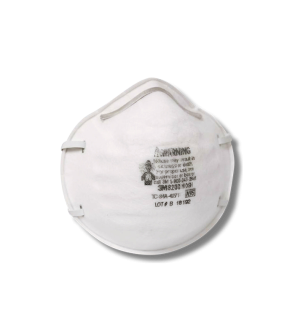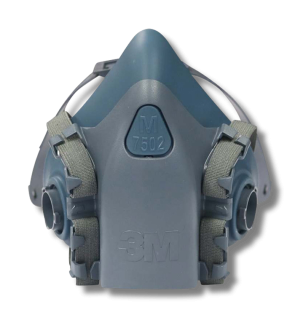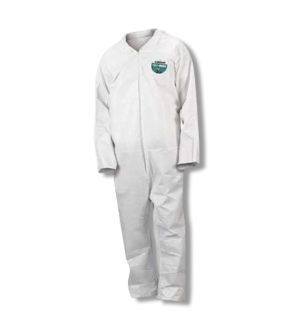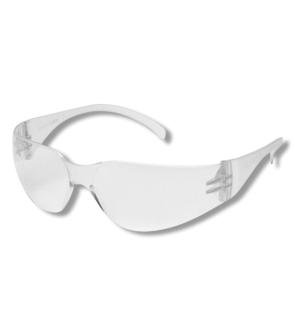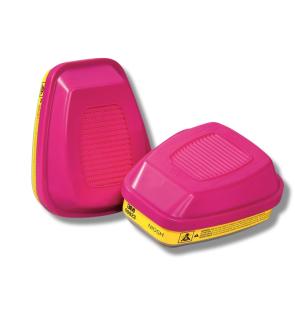Proper PPE For DIY Pest Control
Most Effective Products
How To Dress For Pests: Proper PPE For DIY Pest Control
This page is a general personal protective equipment guide. This guide will go over general PPE (personal protective equipment) strategies and techniques that follow a strict approach to control your safety when applying or mixing an insecticide, herbicide, or fungicide.
Personal Protective Equipment is something that the most common do-it-yourselfer or professional needs to follow with whichever pesticide, herbicide, insecticide, or chemical solution you choose to use.
Personal Protective Equipment (PPE) is equipment or clothing that protects you from hazards listed on the selected product label or against diseases or contact with pests. One of the many reasons to wear your personal protective equipment is to ensure your safety against things like bug bites, itchy skin, or irritable eyes.
To protect yourself, you will learn from this guide what equipment to use and the necessary cautions to take that should cover most bases when it comes to wearing the appropriate personal protective equipment.
PPE For DIY Pest Control

When your applying a pesticide or insecticide product there are all sorts of personal protective equipment you can wear, but the best place to start is on the product label. The product label will have a brief recommendation of personal protective equipment you should wear when handling or applying the chemical solution.
This will vary from label to label, but by following this section you can have a better understanding of what type of personal protective equipment to wear before entering or handeling your treatment area.
- Respirator Mask
- Chemical Resistant Gloves
- Chemical Resistant Closed-Toe Footwear Plus Socks
- Chemical Resistant Apron or Disposable Coveralls like a Tyvek Suit
- Long-Sleeve Shirts
- Long-Sleeve Pants
- Safety Goggles
What to Wear Before Using Pesticide

The type of personal protective equipment (PPE) that should always be worn is equipment that will protect your eyes, mouth, face, hands, and feet when mixing or applying any type of chemical solution. For a better understanding, lets take a look at some standard equipment to use and why it is important for pest control.
Gloves- to reduce chemical solution making contact with your skin wear a type of chemical resistant glove. These tools are especially important for when you are mixing or loading your selected liquid chemical solution into a sprayer.
Eyewear- most insecticides or chemical solutions do not specify what type of eyewear to wear. We recommend using goggles or safety glasses with a wide front, side, and brow protection as pesticides can easily absorb into your eyes and can cause severe eye injury.
Respirators- the main type of respirator or face shield you will want to use is one that either cover your entire face or half your face. Preferably an appropriate mask such as an N95 to cover your mouth and nose from pesticide fumes or particulates.
Protective Clothing- for full skin protection, we recommend a combination of a Tyvek Chemical Safety Suit or disposable coveralls made out of tightly woven fabrics. Any clothing containing holes is not recommend to be used. Another form of protective clothing you can wear is a long-sleeve shirt, long pants, and closed toe shoes that do not contain any holes or wear. The goal is to keep your skin safe from any spray or misting that may be pushed back onto you from high winds.
Inspection and Maintenance

It is always a good idea to give any equipment a quick inspection before use. Safety equipment is no exception. Before you begin your chemical applications, always make sure your safety gear is in proper working order.
For skin protection, this is as simple as looking the equipment over and ensuring there are no rips, tears, or other damage that could allow chemicals to pass through and make contact with your skin.
For eye protection, make sure there is no damage and ensure any straps or fasteners are in good condition.
In the case of respirators or masks, inspect the filters and replace if needed. If at any point during the application your safety equipment fails or stop immediately, address the problem. A quick break to put on a new pair of gloves or change out the filter on your respirator could save you from serious irritation or harm.
PPE Cautions to Take
- Avoid splashing, spilling, leaks, or spray drifts to clothing or personal protective equipment if possible.
- Properly dispose of contaminated clothing. If there are not numerous spills on clothing or equipment properly wash with soap and water before storing.
- When wearing your gloves they should be tucked into the sleeve of your shirt. Gloves tucked over your long-sleeved shirt do not completely protect against liquid products slipping from underneath.
- When removing gloves, do not take either glove off. With one of your hands still covered by the glove remove the second glove, taking care not to contaminate your hands with the first glove.
- Pesticide applications requiring respirators should be avoided in hot, climates to avoid your mask building moisture. If possible, try to apply early in the morning when insect activity is not as active and weather conditions are cooler.
Key Takeaways
What to Wear For Common Pesticide Applications
- Despite the type of pests being treated, universally you will wear appropriate personal protective equipment that will protect your eyes, mouth, face, hands, and feet when mixing or applying any chemical solutions.
Why Should You Wear Personal Protective Equipment (PPE)
- Protective Personal Equipment should be worn to protect yourself from potential hazardous materials through smell, taste, and contact. If your skin or eyes make come into contact with the product chemical solution this can risk your life and lead to irritable skin or eyes, itching, or burning.
When is Personal Protective Equipment Required?
- All chemical products have a minimum set of PPE requirements on the label. Always read the product label for a list of the recommended PPE.


